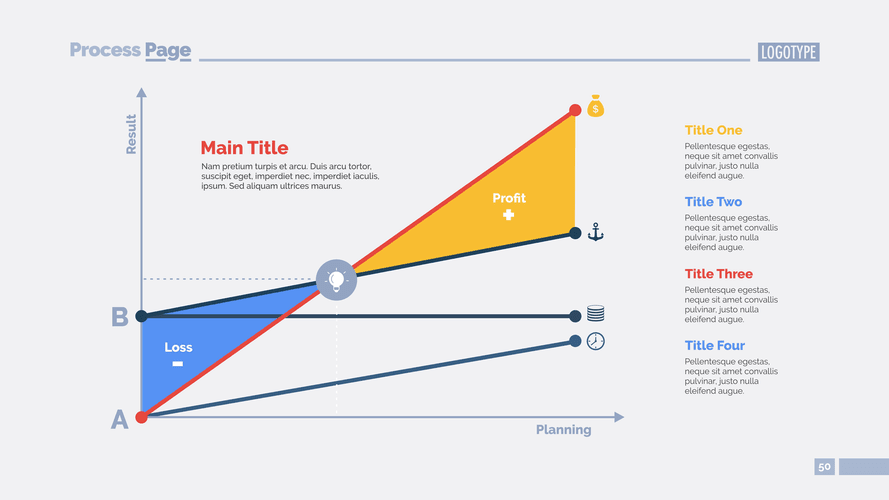
Upgrade to one of our premium templates when needed and take your work to the next level. Save time and effort with our easy-to-use templates, built by industry leaders. Explore our marketplace and find the perfect tool to streamline your processes today. Looking to streamline your business financial modeling process with a prebuilt customizable template? Say goodbye to the hassle of building a financial model from scratch and get started right away with one of our premium templates. Let’s explore some practical examples to illustrate how Contribution Margin analysis works and its real-world applications across various business scenarios.

Contribution Margin Ratio
At its core, contribution margin helps businesses make informed decisions about pricing, product mix, and resource allocation. By looking at the contribution margin of different products or services, companies can identify which offerings are the most lucrative and focus on maximizing their profitability. Additionally, contribution margin analysis enables businesses to evaluate the impact of changes in variable costs, sales volume, and selling prices. The contribution margin is a key business figure that indicates how much a company contributes to covering fixed costs and making a profit by selling its products or services. It is calculated by deducting the variable costs from the sales revenue generated.
- In this case, a business is still generating some incremental margin, which contributes to the total profit of the business without impacting its bottleneck operation.
- A company’s cost structure, the proportion of fixed versus variable costs—directly impacts its contribution margin.
- If all variable and fixed costs are covered by the selling price, the breakeven point is reached, and any remaining amount is profit.
- It is the monetary value that each hour worked on a machine contributes to paying fixed costs.
- As a business owner, you need to understand certain fundamental financial ratios to manage your business efficiently.
- CM is used to measure product profitability, set selling prices, decide whether to introduce a new product, discontinue selling a product, or accept potential customer orders with non-standard pricing.
The Financial Modeling Certification
- As more units are produced, total variable costs for the product increase.
- Ever wondered how businesses accurately measure their profitability and make smart financial decisions?
- Gross profit margin is the difference between your sales revenue and the cost of goods sold.
- The higher the contribution margin for a given item, the more revenue that will remain for a business to use to pay its fixed expenses, surpass its break-even point, and ultimately, realize a profit.
- For every pair of wireless headphones sold, the company makes $58.90, which it will use to cover fixed costs and, ideally, gain a profit.
Similarly, wages paid to employees who are getting paid based on the number of units they manufacture (or any of its variations) are variable costs. Each such item will be considered for contribution margin calculations. Dobson Books Company sells textbook sets to primary and high schools. In the past year, he sold $200,000 worth of textbook sets that had a total variable cost of $80,000. Thus, Dobson Books Company suffered a loss of contribution margin def $30,000 during the previous year.

Example: contribution margin and target profit
It also helps management understand which products and operations are profitable and which lines or departments need to be discontinued or closed. Variable costs are not typically reported on general purpose financial statements as a separate category. https://www.bookstime.com/articles/what-is-lease-accounting Thus, you will need to scan the income statement for variable costs and tally the list. Some companies do issue contribution margin income statements that split variable and fixed costs, but this isn’t common. The contribution margin measures how efficiently a company can produce products and maintain low levels of variable costs. It is considered a managerial ratio because companies rarely report margins to the public.

How are fixed costs treated in cost accounting?

Companies can use the contribution margin to identify which prices are required to at least cover the variable costs and contribute to covering the fixed costs. You’ll often turn to profit margin to determine the worth of your business. It’s an important metric that compares a company’s overall profit to its sales. However, if you want to know how much unearned revenue each product contributes to your bottom line after covering its variable costs, what you need is a contribution margin. A „good“ contribution margin varies significantly by industry, business model, and strategy. Generally, higher contribution margins indicate greater operational efficiency and profit potential.
- This means Dobson books company would either have to reduce its fixed expenses by $30,000.
- In the most recent period, it sold $1,000,000 of drum sets that had related variable costs of $400,000.
- Therefore, it is not advised to continue selling your product if your contribution margin ratio is too low or negative.
- Thus, to arrive at the net sales of your business, you need to use the following formula.
- This blog post aims to explain what the contribution margin is, why it is essential, how to calculate it, and finally, offer useful tips for improving it.
